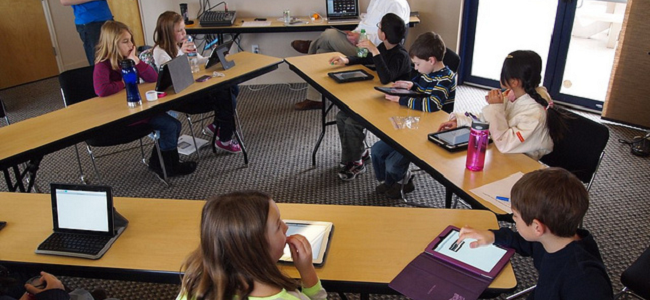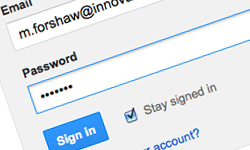Teachers love acronyms, and one that seems to be of interest is BYON. Education veteran Julia Sharman discusses the details of Bring Your Own Network, as well as the potential positive and negative aspects that it could bring to schools.

By now the phrases ‘Bring Your Own Device’ (BYOD) and latterly ‘Bring Your Own App’ (BYOA) are familiar with the majority of us, and integral part of our technological knowledge. Using our own mobile devices and applications are commonplace on a daily basis. Being able to use wireless devices such as mobile phones and tablets to access social media sites and applications, beyond the reach of the main network and allowing access from remote locations, has opened the door to a wealth of information adding greater dimensions to support teaching and learning, in conjunction with and, alongside more traditional methods.

Since I started blogging about iPads in education, I've been getting carried away with the positives that this handheld technology can bring to the classroom. However, there's been one major area of concern that I keep encountering during this 'iPad journey': the school's wireless network!
As ICT coordinator, one of my biggest headaches over the last year has been our wireless networking. The downsides are the notoriously unpredictable wireless technology and its performance, which can lead to high levels of frustration for both teachers and pupils. The wireless is going to be central, especially when there could be anything up to 30+ iPads and/or iPods that all need wireless access at the same time and all expecting a fast connection to the internet. A powerful wireless network is therefore essential to a successful implementation of handheld devices in the classroom.

Have you ever thought about the passwords that you use? Or that you give to your children?
In our school, to get on to the school network the children simply type their name without a password but for online services there are usually criteria to meet before a password can be allowed. Some services, such as Google Apps, require a secure password. So how do you get children to have a secure password but also to remember it too? What if the password needs to be over 8 characters long as well? That just makes it more complicated.
We started looking into this at school and came up with a few ideas.

Protecting your school's IT systems, infrastructure, business and students' data is vitally important. School information is one of education's most valuable assets, and critical information such as financial data and student records can be very difficult to replace. Whilst data protection is paramount, network security goes far beyond that. Network security threats and challenges are becoming increasingly more sophisticated and difficult to analyse, having multiplied rapidly in recent years with the exponential growth of wireless and hand-held devices.
Although the internet has brought enormous benefits to schools and higher education establishments, the increase in access and usage, through a multitude of wired and wireless devices, puts immense pressure on schools’ IT systems. Growing opportunities and acceptance of students bringing their own devices to school will significantly increase this pressure. Adding to the complexity is the perpetual demand on ‘live’ social networking communication and access to information. With email viewed as one of the principle communication tools within schools, it is crucial that particular attention is paid to providing high levels of security. In order to find malicious content, this requires the network security system to work faster whilst not causing delays in time-sensitive traffic. To put the situation into perspective, the increase in numbers of educational network users and potentially harmful pieces of content are believed to be billions per minute per network, whereas, only a few years ago, users and threats could be counted in the thousands. Growth of this magnitude is likely to put interminable pressure on school security systems to adapt.

A community-driven platform for showcasing the latest innovations and voices in schools
Pioneer House
North Road
Ellesmere Port
CH65 1AD
United Kingdom